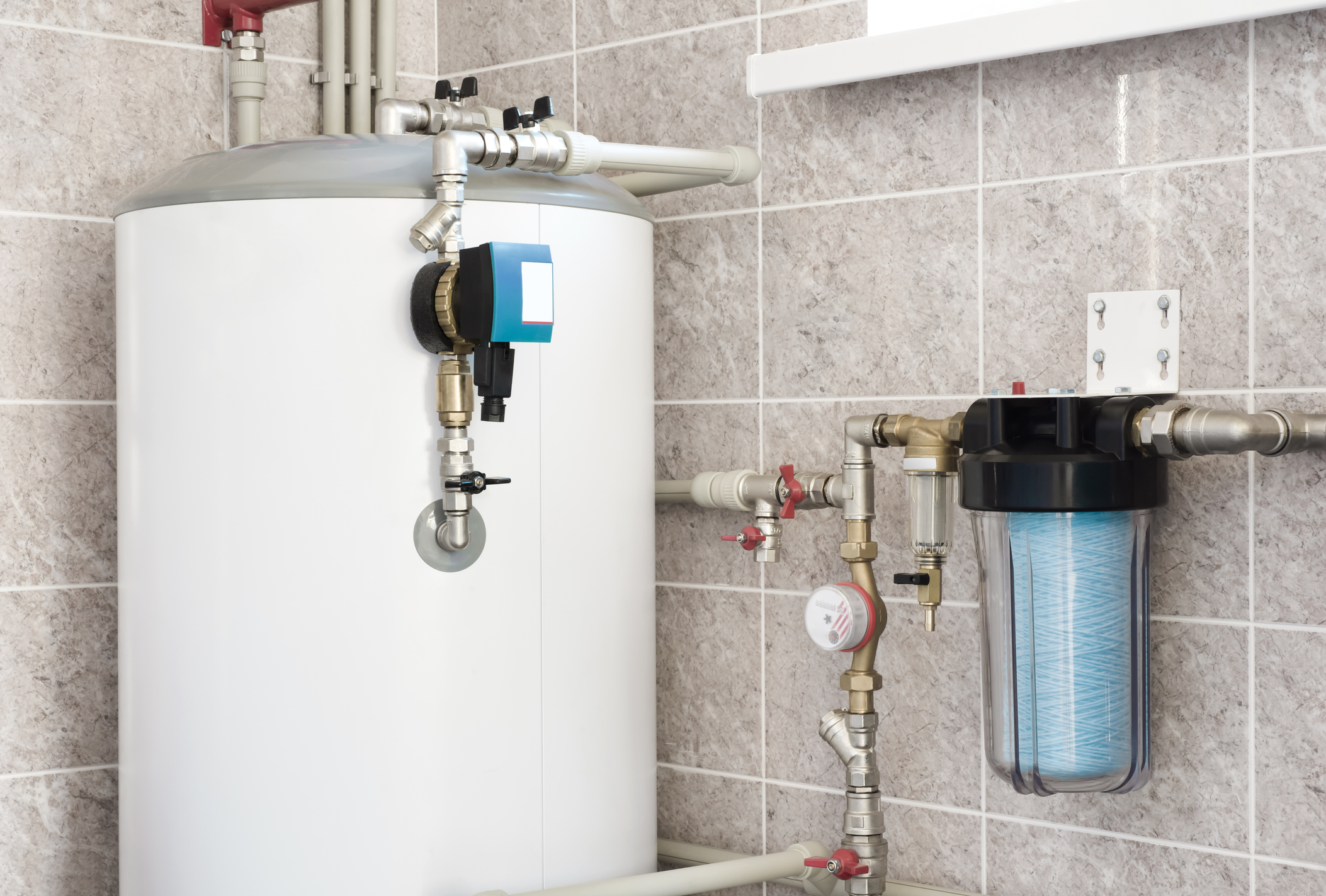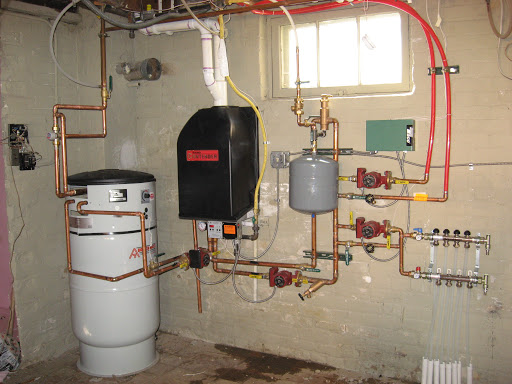Best Methods to Care for Your Home's Hot Water System EffectivelySteps to Successfully Care for Your Home's Hot Water System
Best Methods to Care for Your Home's Hot Water System EffectivelySteps to Successfully Care for Your Home's Hot Water System
Blog Article
Are you searching for resources around Tips on Maintaining a Water Heater?

Warm water is crucial for daily comfort, whether it's for a revitalizing shower or cleaning meals. To ensure your warm water system runs successfully and lasts longer, normal upkeep is essential. This short article supplies functional tips and insights on how to preserve your home's hot water system to prevent interruptions and costly fixings.
Introduction
Keeping your home's hot water system could seem challenging, yet with a couple of easy actions, you can ensure it runs smoothly for years ahead. This guide covers every little thing from recognizing your warm water system to DIY upkeep suggestions and recognizing when to hire expert aid.
Significance of Preserving Your Warm Water System
Regular maintenance not just extends the life expectancy of your warm water system yet also ensures it runs successfully. Overlooking upkeep can bring about decreased efficiency, higher power bills, and even early failing of the system.
Signs Your Hot Water System Requirements Upkeep
Recognizing when your hot water system needs interest can protect against major problems. Keep an eye out for indicators such as irregular water temperature, unusual noises from the heating system, or corroded water.
Understanding Your Hot Water System
Before diving right into maintenance tasks, it's valuable to recognize the standard components of your hot water system. Usually, this consists of the water heater itself, pipes, anode rods, and temperature controls.
Regular Monthly Upkeep Tasks
Normal month-to-month checks can help catch minor concerns prior to they escalate.
Flushing the Water Heater
Flushing your water heater eliminates debris buildup, improving effectiveness and extending its life.
Checking and Changing Anode Rods
Anode poles stop deterioration inside the container. Evaluating and changing them when worn out is crucial.
Inspecting and Adjusting Temperature Settings
Adjusting the temperature settings makes sure ideal efficiency and security.
Do It Yourself Tips for Maintenance
You can carry out a number of maintenance tasks yourself to keep your warm water system in top condition.
Checking for Leaks
Regularly inspect pipelines and links for leaks, as these can lead to water damages and higher bills.
Testing Pressure Alleviation Valves
Examining the stress relief valve ensures it works properly and stops extreme stress accumulation.
Protecting Pipelines
Protecting warm water pipelines minimizes warm loss and can save energy.
When to Call a Professional
While DIY maintenance is beneficial, some issues call for expert competence.
Complicated Problems Needing Professional Help
Instances consist of major leaks, electric issues, or if your water heater is continually underperforming.
Regular Professional Upkeep Perks
Professional maintenance can consist of complete inspections, tune-ups, and making certain compliance with safety and security criteria.
Final thought
Regular upkeep of your home's hot water system is crucial for effectiveness, longevity, and price savings. By adhering to these suggestions and recognizing when to seek specialist aid, you can guarantee a trustworthy supply of hot water without unforeseen disruptions.
Water Heater Maintenance: The Basics
Maintaining your water heater will ensure it operates efficiently and has a longer lifespan. Neglecting regular maintenance can lead to costly repairs and an even bigger chunk of your savings if you have to replace it sooner than necessary. But there’s good news: Most water heater maintenance tasks are relatively simple and easy for homeowners with basic DIY skills.
Flush the Water Heater
Over time, sediment and minerals can build up in the tank, reducing its efficiency and potentially causing damage. To flush the tank, turn off the power or gas supply, attach a hose to the drain valve near the bottom and open the valve to drain the water until it runs clear. Ideally, flush the tank annually.
Replace the Anode Rod
The anode rod is a sacrificial metal rod that helps prevent corrosion inside the tank. Inspect and replace it every three to five years or per the manufacturer's recommendation. To replace the anode rod, turn off the power or gas supply, drain a few gallons of water from the tank, unscrew the old rod and replace it with a new one. If the anode rod is significantly corroded or covered in calcium buildup, it's a sign the water heater may need to be replaced soon.
Tune-Up
A yearly tune-up can help identify potential issues and ensure your water heater operates at peak efficiency. This typically involves checking the thermostat, burner assembly (for gas heaters) and any other components specified by the manufacturer. During a tune-up, the technician may also clean the burner and adjust the pilot light (for gas heaters) or examine the heating elements (for electric heaters).
How to Maintain Your Water Heater
Insulate the tank. Insulating the tank can improve energy efficiency and reduce heat loss, saving you money on energy bills. You can purchase precut insulation blankets designed specifically for water heaters or use standard fiberglass insulation wrapped securely around the tank. Check the temperature. The recommended water temperature for most households is around 120 degrees Fahrenheit (49 degrees Celsius). Higher temperatures can increase energy costs and potentially cause scalding. Use a kitchen thermometer to check the temperature at the faucet nearest the water heater. Monitor water pressure. Excessive water pressure can strain the water heater and cause leaks or even tank failure. Install a pressure-reducing valve if necessary. The ideal water pressure range is between 60 and 70 PSI (pounds per square inch). Test the temperature and pressure (T&P) relief valve. The T&P relief valve is a safety feature that releases pressure if the tank gets too hot or the pressure builds up too high. Test it annually by lifting the lever and allowing a small amount of water to release. Replace the valve if it doesn't release water or reseal properly. Check for leaks. Regularly inspect the tank, pipes and fittings for leaks or corrosion. Deal with issues promptly to prevent further damage. Even a small leak can lead to significant water damage over time. Consider a tankless water heater. If your traditional tank-style water heater is nearing the end of its lifespan ( typically 10 years), consider replacing it with a tankless water heater. These units heat water on demand, reducing standby energy losses and potentially saving you money on your energy bills. Schedule professional maintenance. While homeowners can perform many water heater maintenance tasks, it's still a good idea to schedule professional maintenance every few years. A plumber or HVAC technician can thoroughly inspect the unit, identify potential issues and ensure it operates safely and efficiently. https://www.homeserve.com/en-us/blog/home-improvement/hot-water-heater-maintanence/

Hopefully you enjoyed reading our excerpt on Tips For Maintaining Your Hot Water Heater. Thank you so much for spending some time to read our blog. I beg you take a moment to promote this write-up if you liked it. I enjoy reading our article about How to Maintain Your Water Heater & Prolong its Life.
Book With Us Today! Report this page